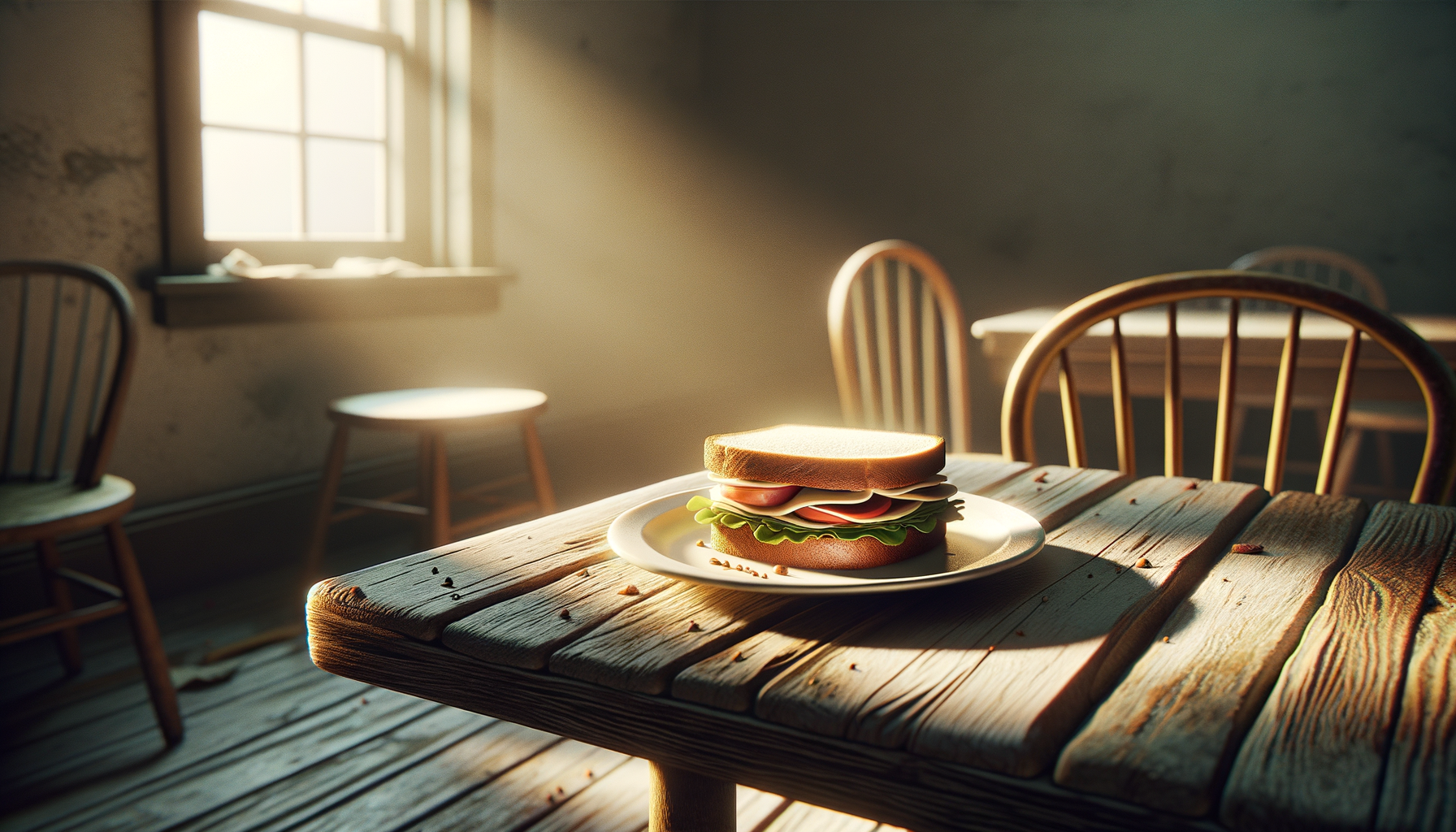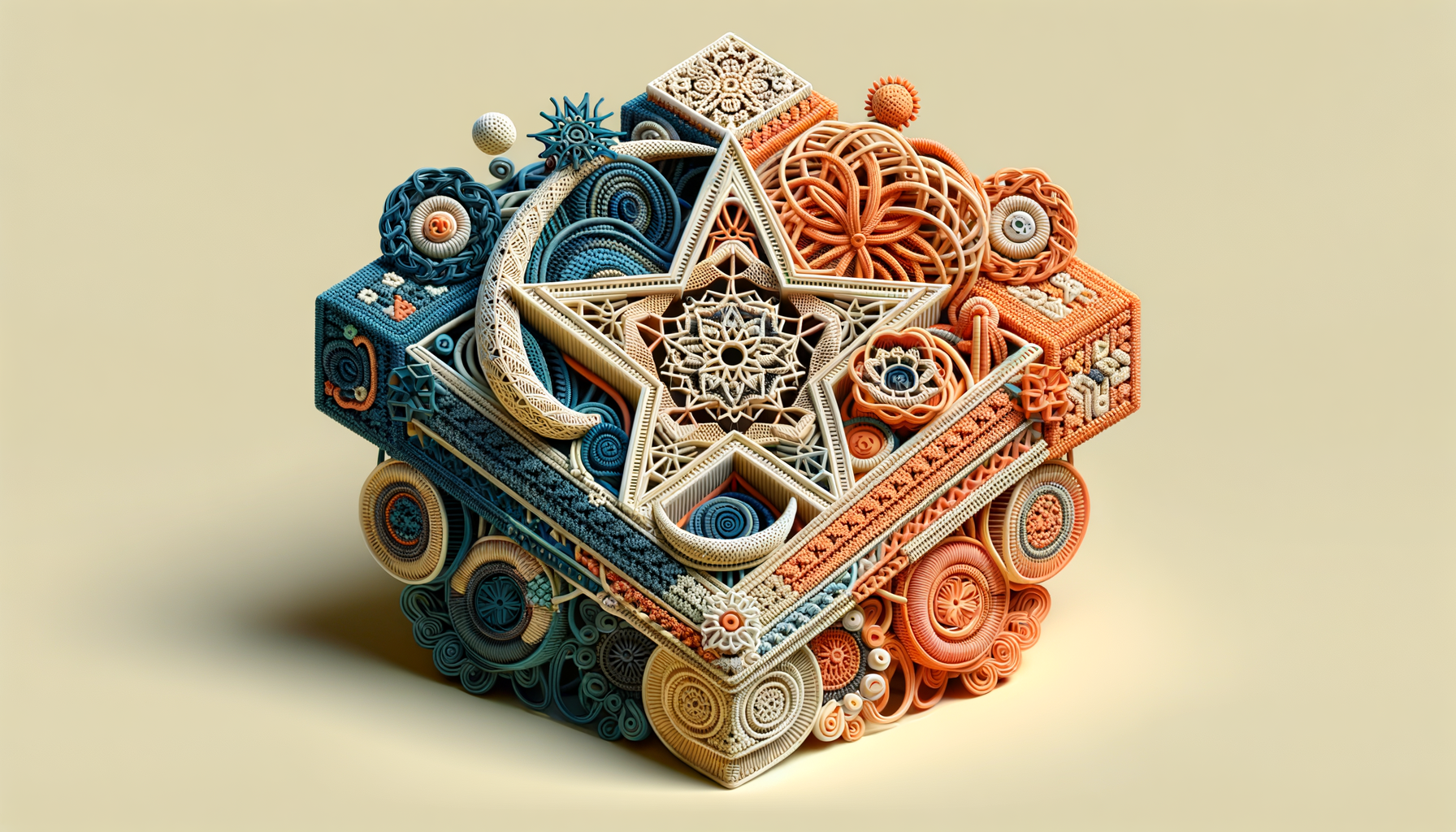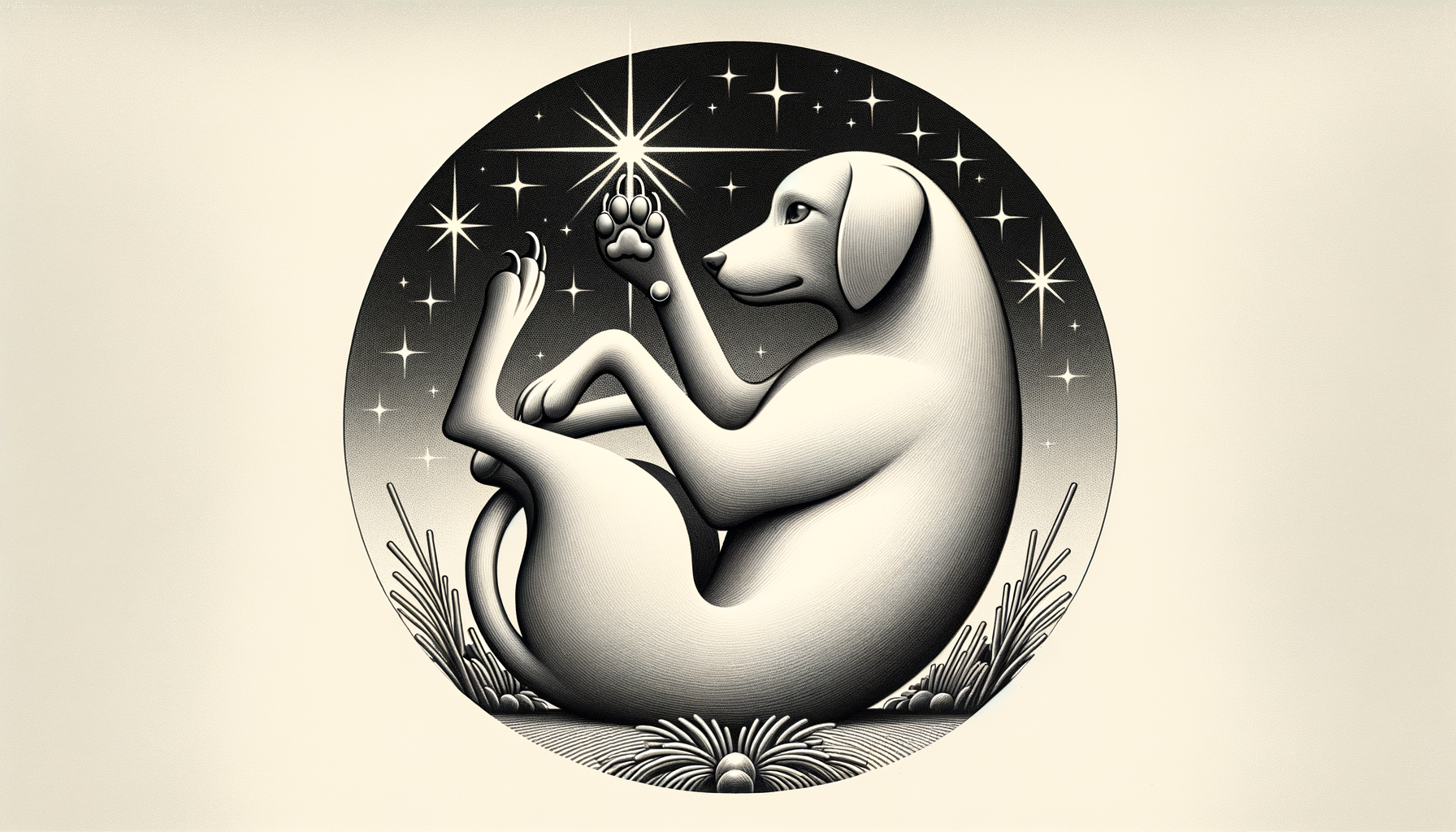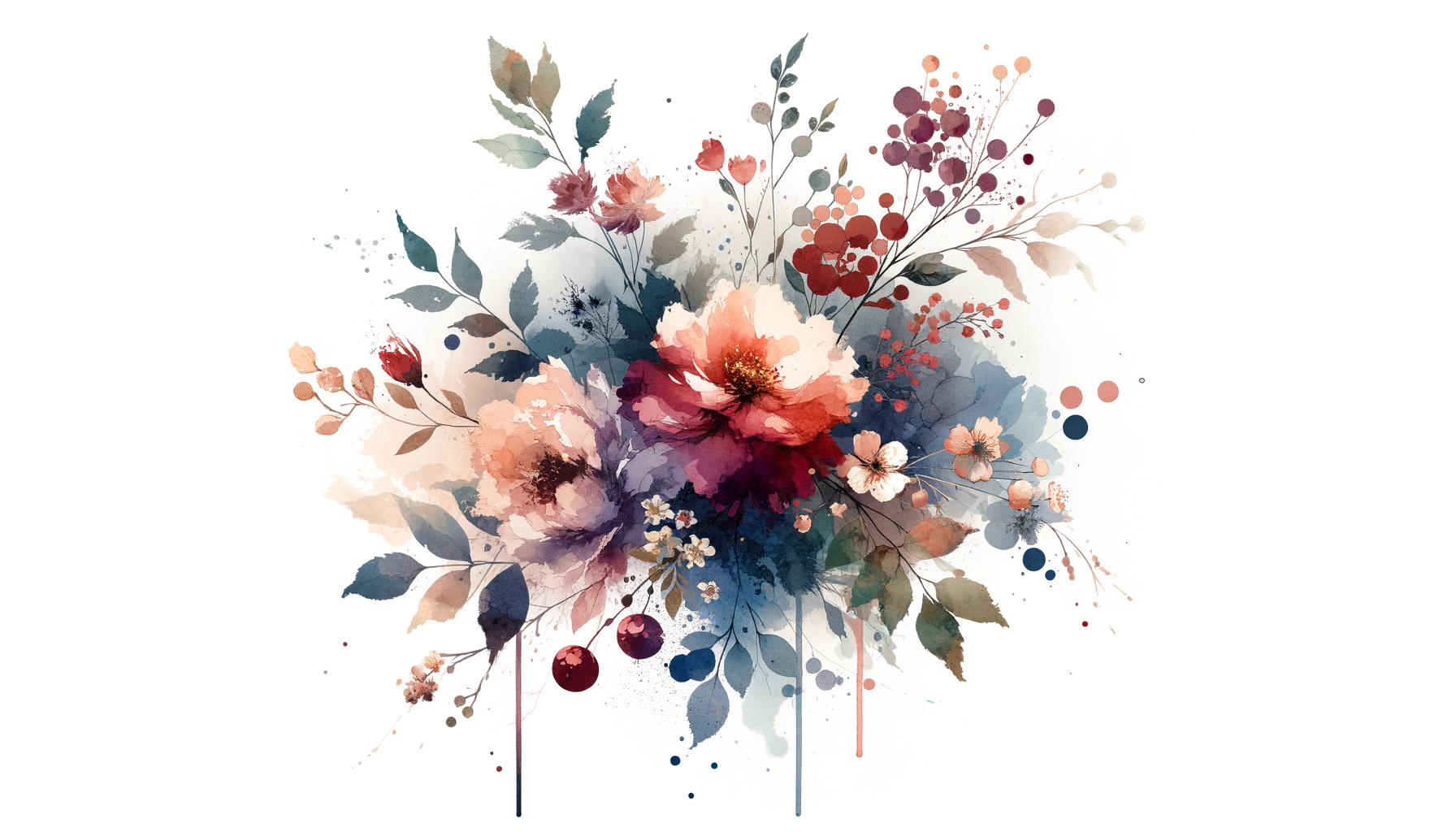I was twenty-seven, standing in front of a mirror in my Vancouver apartment, clutching a deep-conditioned but disastrously frizzy chunk of hair, when it hit me: I didn’t know what loving myself actually looked like. Don’t get me wrong, I’d read The Secret, had a yoga mat permanently stationed in the corner, and could sprinkle self-care buzzwords like confetti. But self-love? All I had were Pinterest platitudes: “Be your own best friend!” “Treat yourself!” Great advice if your best friend was a carton of ice cream or the movie rights to Pride and Prejudice.
Loving yourself is a phrase people throw around like it’s as easy as picking the "heart" emoji on your phone. But for me, it felt like sneaking into a club where I didn’t belong. Growing up in a small Japanese town with parents who prized intellectual achievement above emotional expression, I never learned that confidence could coexist with imperfection. Self-critique was basically our family sport. My dad taught me how to evaluate 19th-century woodblock prints; my mom casually dissected floral arrangements for “balance.” I applied that same lens to myself daily. And let’s just say, my “composition” was always off.
Fast-forward to my late twenties, when the ache of perfectionism morphed into sheer exhaustion. I decided something had to change. But where does anyone begin rewriting a story they’ve been told their entire life? Spoiler alert: the process was wonderfully messy, filled with weird detours (like a brief, ill-advised attempt at baking macarons) and surprising discoveries. Here’s what worked—and what I learned along the way.
Step 1: Stop Waiting for the Movie Montage Moment
I think I secretly believed self-love would arrive the way montages in rom-coms do: a fast-forwarded reel of me running on a treadmill, trying on fabulous outfits, and walking out into the world a radiant, confident new woman. But spoiler: life’s not directed by Nancy Meyers.
Real growth? It started in the most ordinary moment—a day when I simply confronted myself in that mirror and thought, “I don’t want to be my own worst critic anymore.” Big transformations weren’t instant. They were threaded into quiet choices, like ordering a latte without apologizing for my pronunciation of “matcha” or letting my hair air dry instead of flat-ironing it for two hours.
If you’re waiting for some lightning-bolt inspiration to launch your self-love journey, trust me, it doesn’t work like that. Maybe loving yourself begins when you decide you’re done trying to prove anything to yourself—or to anyone else. Find your baseline moment. Let that be enough.
Step 2: Ditch the “If Only” Mentality
For years, I’d tie my happiness to the idea of “If only...”
- If only I lost five kilos, I’d feel confident.
- If only I got the promotion, I’d stop feeling behind.
- If only my dating life weren’t a tragic black hole...you get the idea.
“If only” thinking is persuasive because it offers us hope wrapped neatly in conditions. Like the mythical carrot dangling just far enough ahead, it convinced me I wasn’t quite deserving of my own love yet—but maybe someday, after I checked all the right boxes.
But one day I realized: if I didn’t love myself at my scrappy, work-in-progress stage, why would I magically do so when I hit some arbitrary milestone? I began catching every “if only” like a mosquito bite I refused to scratch. Happiness wasn’t a finish line—it was learning to appreciate my reflection during the race. (Frizzy hair, messy condo, expired gym membership, and all.)
Step 3: Redefine What “Self-Improvement” Actually Means
Confession time: I’ve been a sucker for every self-improvement trend you could name. Minimalist capsule wardrobes? Tried that—turns out I hate gray. Bullet journaling? Lasted three pages. “Hygge”? Didn’t realize how expensive Nordic candles were.
Self-improvement hype had me chasing an impossible standard of productivity disguised as progress. But all it did was hammer in the message: “You’re not enough as you are!”
At some point, I decided “enough” could look like smaller wins. Like trading the dramatic morning workout for a ten-minute walk that actually felt peaceful. Or letting myself watch nostalgic Revolutionary Girl Utena episodes instead of forcing another TED Talk into my brain at 11 p.m. Life wasn’t some endless checklist; it was a collection of moments where I chose to respect my energy and priorities.
Loving yourself doesn’t mean constant reinvention. It means tuning in, figuring out what really serves you, and—spoiler—being fine not folding your socks Marie Kondo-style.
Step 4: Learn to Talk to Yourself as a Friend—Not a Frenemy
At my lowest point, my inner monologue was something you’d hear from the scariest America’s Next Top Model judge, circa 2005. I was ruthless about every detail—my skin, ambition level, even the softness of my hands. (Dry weather in Vancouver didn’t help.)
One evening, I stumbled across a journaling exercise that asked: “What would you say if your best friend told you everything you’re thinking about yourself right now?” The idea stopped me cold. The fact that I’d never speak to someone I loved with the tone I used on myself? That realization woke something up in me.
So I started “editing” my thoughts. Every time I caught myself ripping into my choices, I paused and mentally rewrote it like a friend was giving me advice. Instead of cruelly muttering, “Get it together, Rina,” I rephrased with curiosity: “What’s really making you feel off today?” I can't say I’m perfect at this, but loving myself means showing up with compassion—even when self-doubt keeps slipping into the conversation.
Step 5: Celebrate the Ordinary Things
Growing up, I thought love—of any kind—was reserved for lofty, TV-worthy moments. I compared my entire existence to perfectly filtered strangers on Instagram and came up short every time. Honestly? It was exhausting.
One day, I decided to flip things. I challenged myself to find one thing daily I was proud of. Some days it was small stuff: making my mom’s tamagoyaki recipe. Other days I celebrated existential wins, like texting a friend to ask for support without guilt.
The best part of this exercise? It trained me to notice the quiet, beautiful things about my life—things that weren’t glamorous but still mattered. My self-love started growing like a plant watered regularly, rather than being expected to bloom miraculously overnight.
Step 6: Laugh at the Chaos
Let’s face it: loving yourself doesn’t mean the world magically gets easier. My self-acceptance journey has been interrupted countless times by bad sushi dates, laundry disasters, and the occasional existential tornado of scrolling Zillow listings in Tokyo neighborhoods I could never afford to live in.
Instead of resenting life’s messiness, I’ve learned to laugh at it. My mistakes, missteps, and awkward moments are what make me real. When I finally let myself embrace the chaos—like a Murakami character stumbling into another metaphorical well—I started to enjoy the ride so much more.
Love Yourself Like You’d Love a Garden
If you’ve read this far, you know self-love isn’t something you buy, achieve, or stumble into. It’s a practice. One that involves messy hair, bad jokes, days when your confidence feels exactly 57%, and hard conversations with yourself.
Loving yourself is more like tending a garden: try, fail, plant again, water, wait. It’s showing up even when you don’t feel like it and being intrigued by every bloom—even the dandelions.
So, to anyone reading this and waiting for permission to feel worthy: you don’t need it. You’re already enough. You deserve your own kindness today, after the burnt toast or the commuter meltdown. And I’ll be here, celebrating alongside you—even if it’s just a small victory like letting your frizz exist without apology.




















